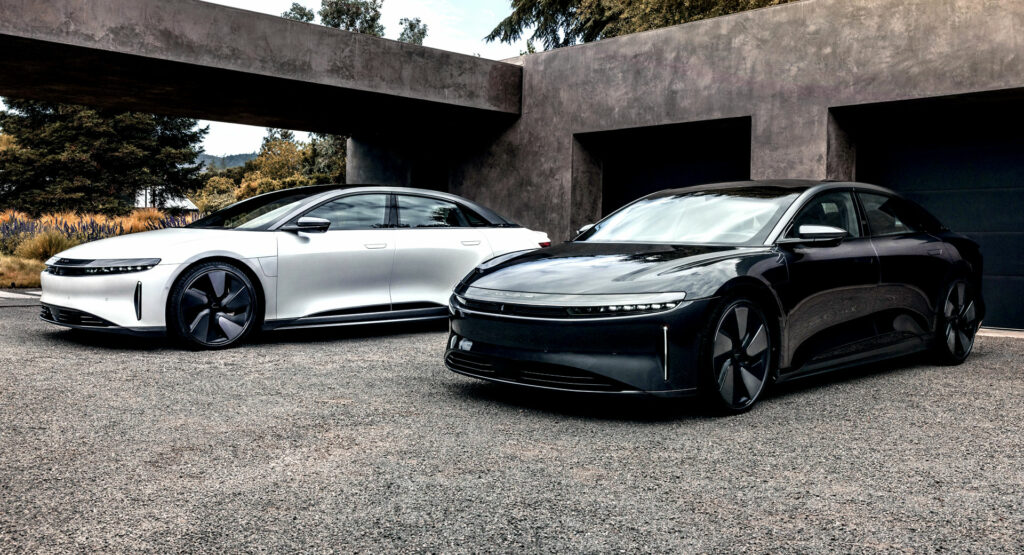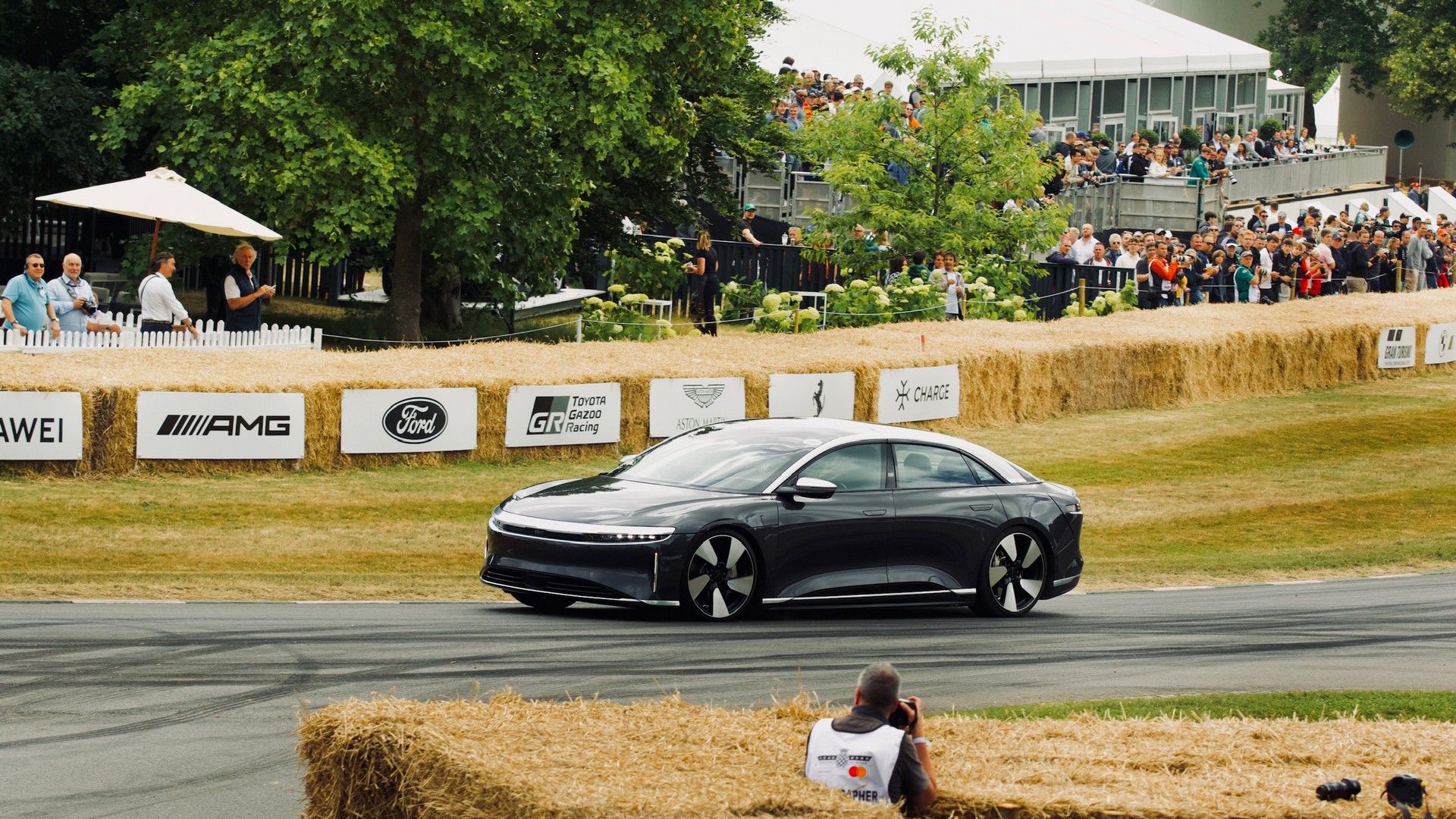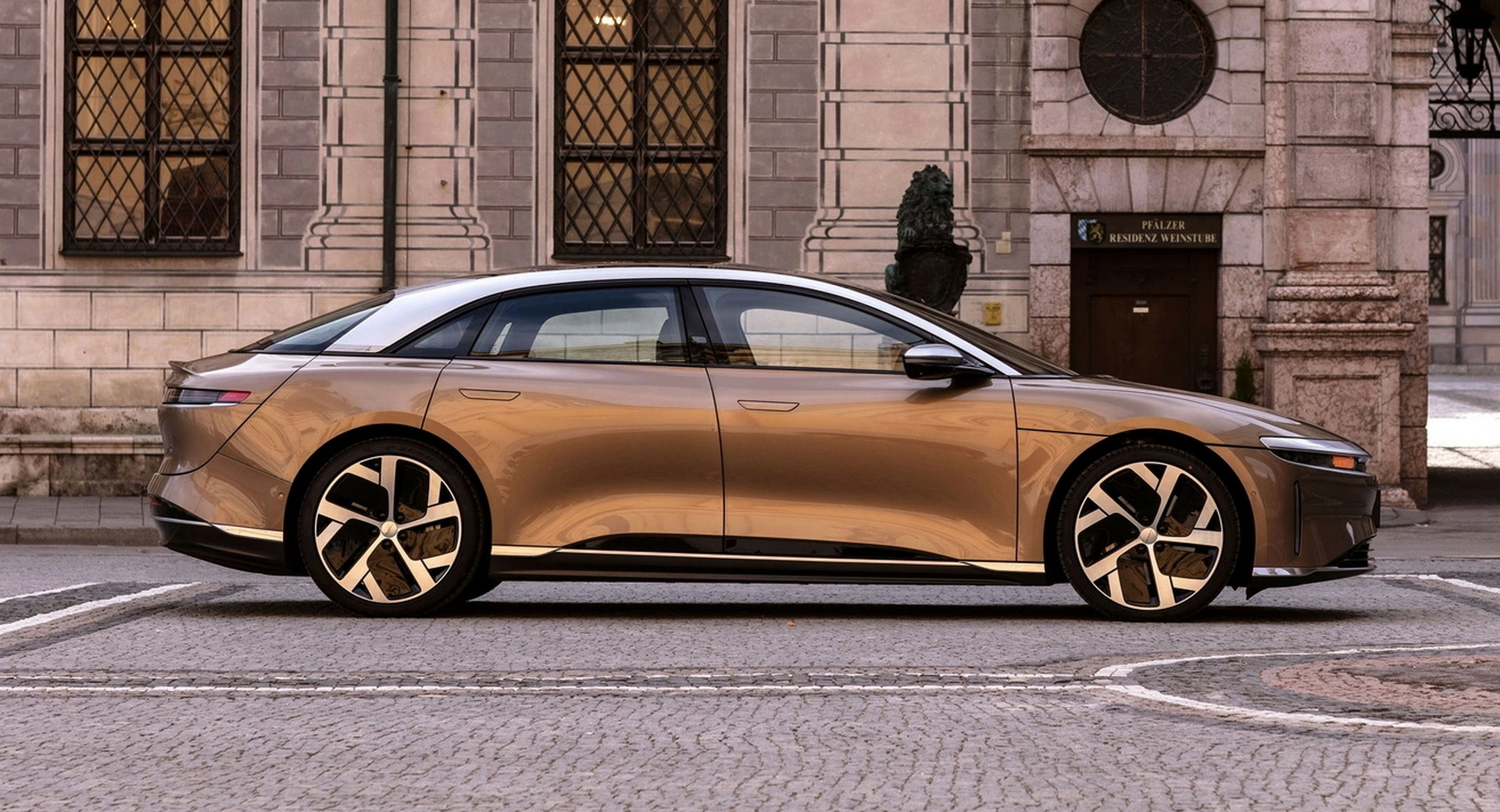Automakers across the globe are struggling to make enough vehicles to meet demand but that challenge is even more significant at Lucid. Not only is it a fledgling electric vehicle company in the early stages of development but now a series of top-level executive departures might be about to pinch production even more.
Back in August, at the company’s earnings call, CEO Peter Rawlinson admitted that the brand hadn’t scaled up production in the way it had hoped. “We found that our logistics constraints prevented us from scaling meaningfully this past quarter,” he said. One part of the solution is to bring logistics in-house.
Rawlinson specifically said that “We have made a significant decision to bring our logistics operations in-house. We’ve made key hires to the executive team, and we’ve restructured our logistics and manufacturing organizations accordingly.” Whether he knew at the time about the executives that were headed out the door we don’t know.
Read More: Lucid Looking To Raise $8 Billion In New Offering
According to a new report from Business Insider, six executives from the manufacturing section of Lucid have left in the last few weeks. That list is extensive and wide in scope. It includes the following people and positions.
VP of global manufacturing Peter Hochholdinger
VP of programs Ralph Jakobs
Head of Arizona operations Mike Boike
Head of new product introduction, program management David Peel
Senior manager, logistics engineering Chris Barber
Director of operational excellence Keith Champion
While some of these departures are not yet publicly confirmed, Business Insider says that it’s reviewed documents confirming the exit of the above-mentioned individuals. A current Lucid employee told Insider that moving logistics in-house resulted in a workplace where “the whole energy changed.” The same person would go on to say that “They definitely needed to reshuffle everything and do what they’re doing now.”
Whether or not it helps Lucid achieve its latest guidance of 6,000 to 7,000 total units produced this year we’ll have to wait and see. During the first half of the year, it only managed to build 1,405 vehicles. While its new guidance is far short of the original 20,000 units it suggested at the beginning of the year, 6,000 to 7,000 would still prove that it’s making progress compared to the first half of the year.






